Tel Aviv - Bauhaus Architecture
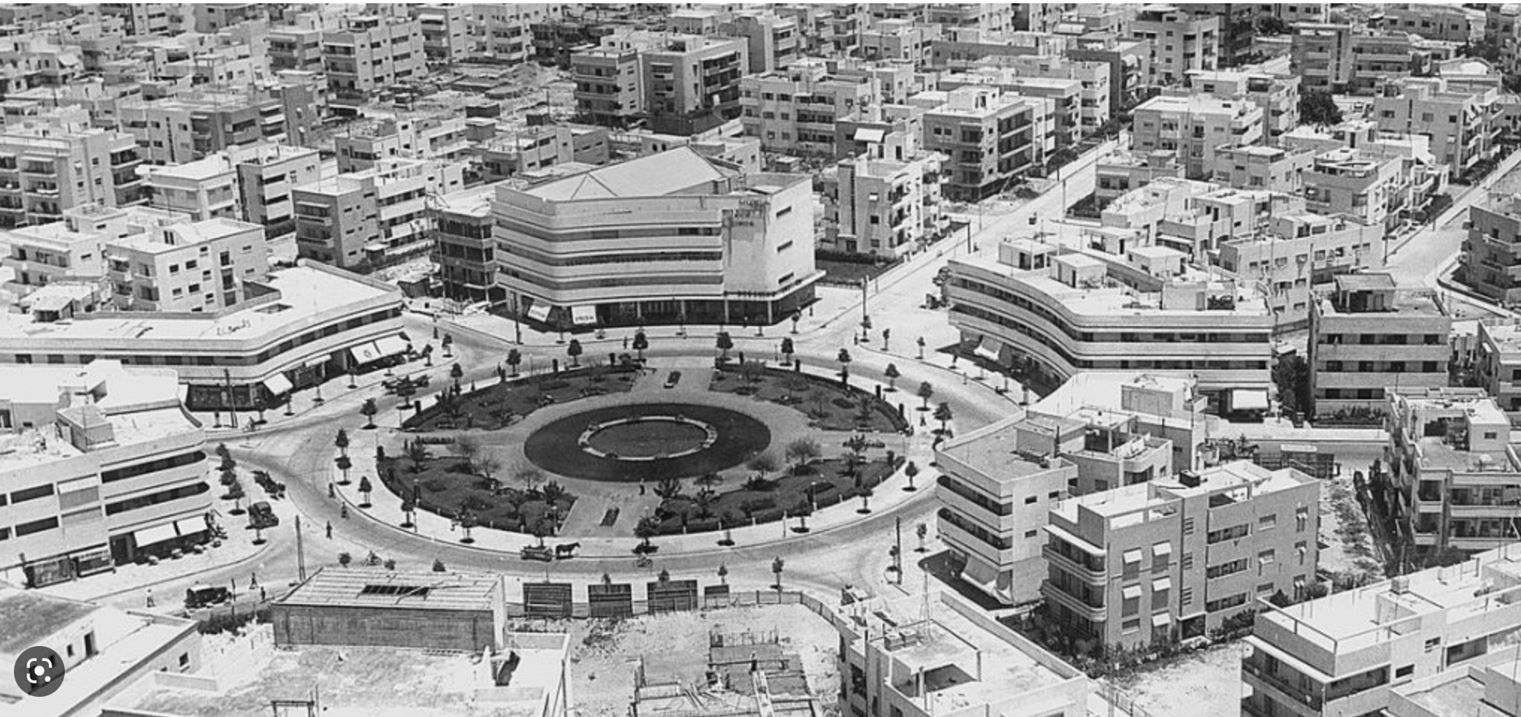
Early in May 2023 I had the opportunity to visit Israel.
It’s one of the smallest countries in the world, ranked at 153, fitting into Tasmania (Australia’s smallest state) at least 3 times. Nestled on a small strip of the Mediterranean, it is steeped in history and turmoil.
Although part of the Middle East, Hebrew is the official language, rather than Arabic (which rates second), it boasts a diverse mix of cultures and religions, where the Jewish faith is predominant, Christians and Muslims are in the minority.
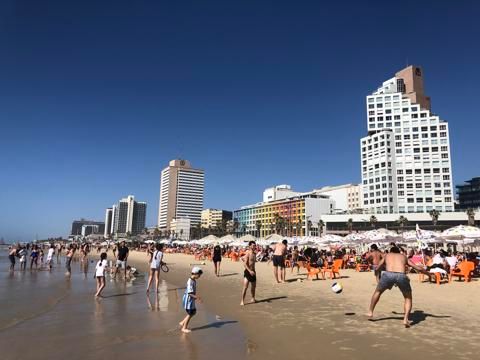
I landed in Tel Aviv - a relatively new city - as contemporary and multi-cultural as any city in Europe. Tel Aviv (which means Hill of Spring - taken from the title of Utopian novel Altneuland, by Hebrew author Theodor Herzl) - was founded in 1909 when 66 Jewish families combined resources to purchase land north of Jaffa - the port area which had become overcrowded.
Development halted during WWI and resumed exponentially when Arab riots in 1921 sent many Jews north to Tel Aviv. By 1925 the population was 34,000. Jewish architects fleeing Nazi Germany set about designing apartment buildings in clean modernist Bauhaus style. 1
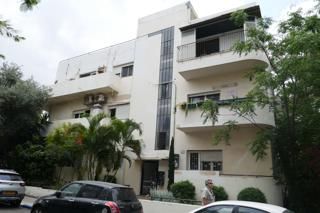
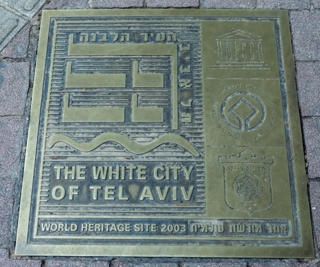
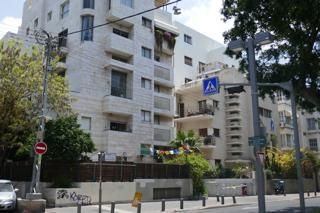
The Bauhaus School, a German centre of architecture and design, founded by Walter Gropius on the principles of modernism, was shut down under pressure from the Nazi regime in 1932, and many of the architects influenced by its ideas had to leave Europe. Those who arrived in Tel Aviv quickly joined the local construction boom, resulting in a high concentration of Bauhaus-style buildings. In all 4000 were built between early 1930s and 1948.
Named The White City, due to its whitewashed facades, architects were strongly influenced by the big modernist (Bauhaus) masters such as Hannes Meyer, Mies van der Rohe, Le Corbusier, Erich Mendelsohn, it was set out by Sir Patrick Geddes, a pioneer of modern urban planning in the twentieth century. In addition to the Geddes outline, it was Ya’akov Ben-Sira (previously Jakob Schiffman), Tel Aviv’s city engineer at the time, who championed the spirit of this International Style. in 2003 UNESCO declared the White City of Tel Aviv - the Modern Movement, a World Heritage Site. 1
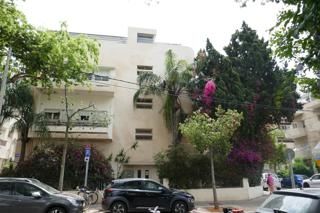
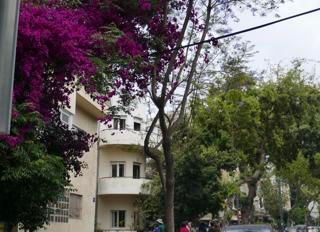
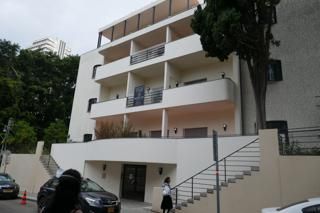
This style was simple with functional designs, construction that was quick and inexpensive using reinforced concrete. Its hallmarks - white walls, flat roofs allowing for roof gardens, construction on pillars, lifting living quarters above noisy and polluted streets, ribbon windows, and in many cases balconies. These days the open ground floors have been converted to car parking and utility areas.
One example below where a makeshift garage has been built. I doubt the Bauhaus architects would appreciate the lack of minimalism!
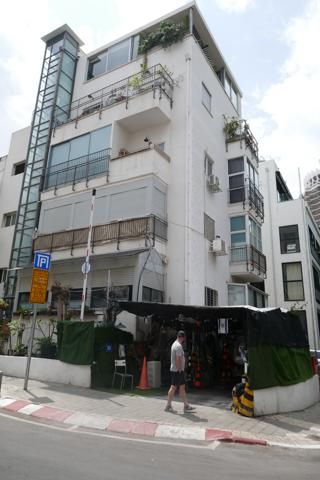
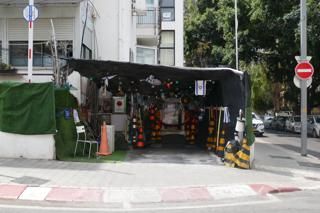
These days often additional floors are added with new apartments built above. This finances the renovation of the existing buildings, like the one below which has been beautifully restored with new apartments setback and above at the rear
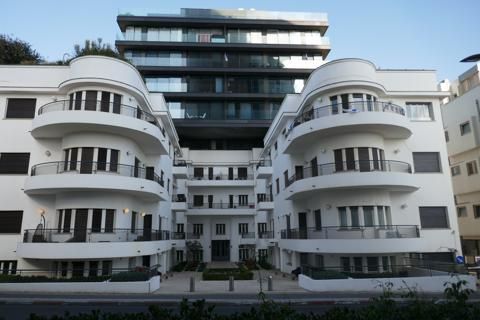
Zina Dizengoff Square, in the city centre, designed by architect Genia Awerbuch, named after the wife of Tel Aviv’s first Mayor Meir Dizengoff, is surrounded by buildings in the Bauhaus style (as you can see from the first image in today's post).
This square has been one of Tel Aviv’s focal points since 1934 and became a meeting place for locals during the long months of coronavirus pandemic, many flaunting the restrictions.
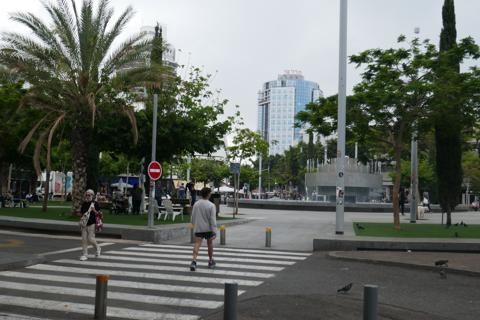
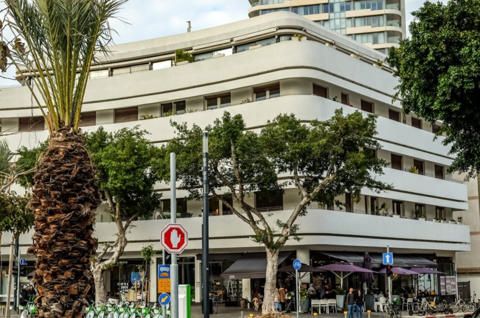
From the modern city of Tel Aviv, join me tomorrow as we explore Jaffa, the oldest port in the world and the eclectic art of Israeli artist Ilana Goor.
Credits
1 bauhaus-center.com
